InGaAs Avalanche Photodiodes for Ranging and Lidar
by Andrew S. Huntington
2020-07-24 11:44:55
InGaAs Avalanche Photodiodes for Ranging and Lidar
by Andrew S. Huntington
2020-07-24 11:44:55
InGaAs Avalanche Photodiodes for Ranging and Lidar discusses the materials, physics, and design considerations of avalanche photodiodes (APDs) developed for 3D imaging sensors, which will enable self-driving cars and autonomously navigating drones. T...
Read more
InGaAs Avalanche Photodiodes for Ranging and Lidar discusses the materials, physics, and design considerations of avalanche photodiodes (APDs) developed for 3D imaging sensors, which will enable self-driving cars and autonomously navigating drones. The book provides a detailed theoretical understanding of all types of APD, including the semiconductor physics underlying device function and the mathematics of avalanche noise. Both linear- and Geiger-mode operation of APDs are addressed, and contemporary research on APDs manufactured from a variety of different material systems is reviewed. The approach unites a theoretical treatment of common figures of merit with a practical discussion of how they impact sensor system performance. Models are developed for the sensitivity, maximum effective range, and ranging precision of time-of-flight APD photoreceiver circuits. Linear-mode InGaAs APDs are of particular relevance to 3D imaging owing to their compatibility with eye-safe lasers, and the maturity of the material system, for which substantial commercial foundry capacity exists. The author uses InGaAs APDs to demonstrate the bookâs design calculations, which are compared to the representative empirical data, and as the basis for discussions of device structure and manufacturing. r Addresses the materials, device and system design challenges that face researchers today, presenting all the information in one key resource Reviews all key APD figures of merit and explains the connection between device and system performance Written by an industry expert with 13 years of experience developing InAlAs, InGaAs and InP avalanche photodiodes (APDs)
Less


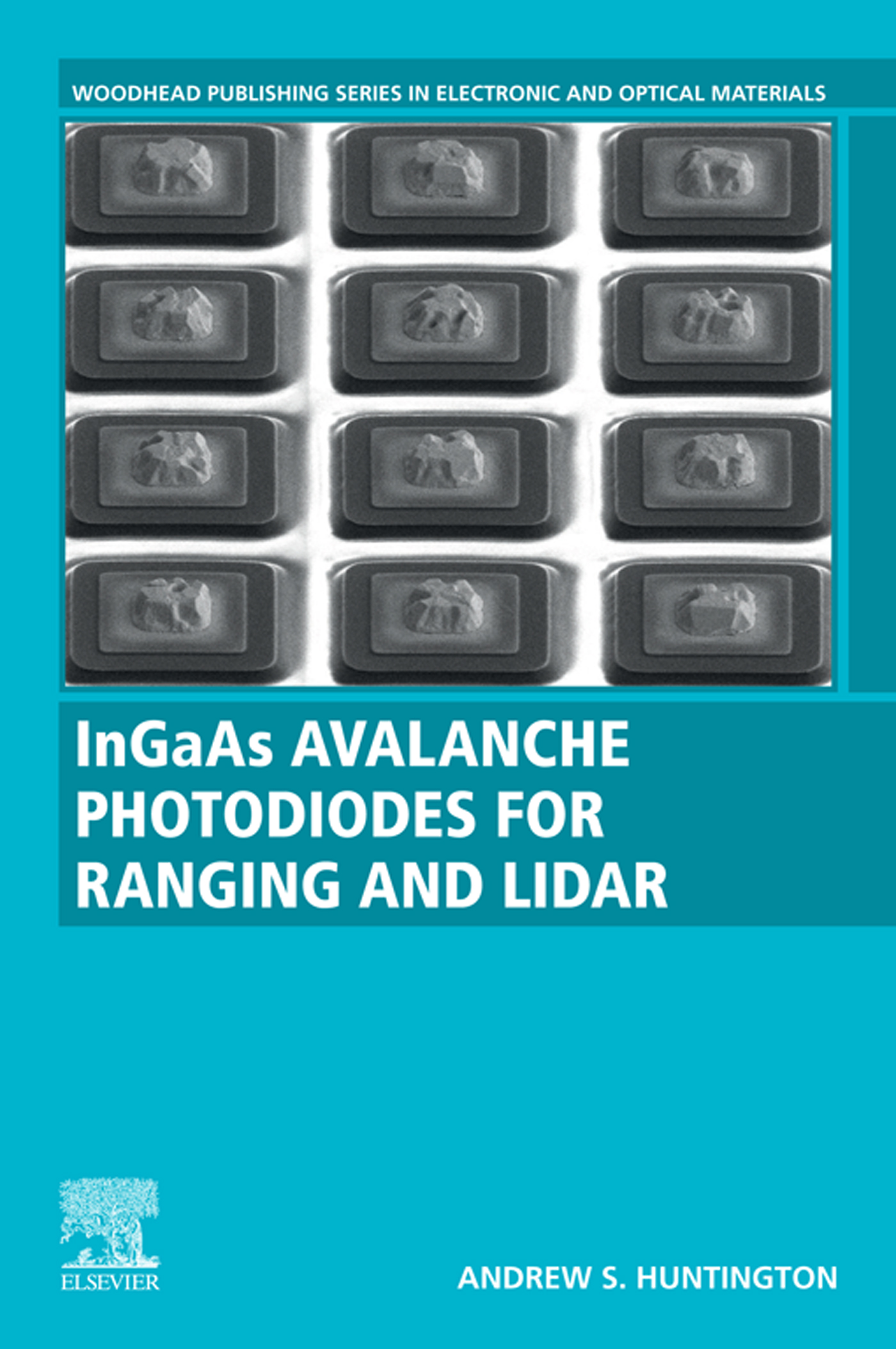



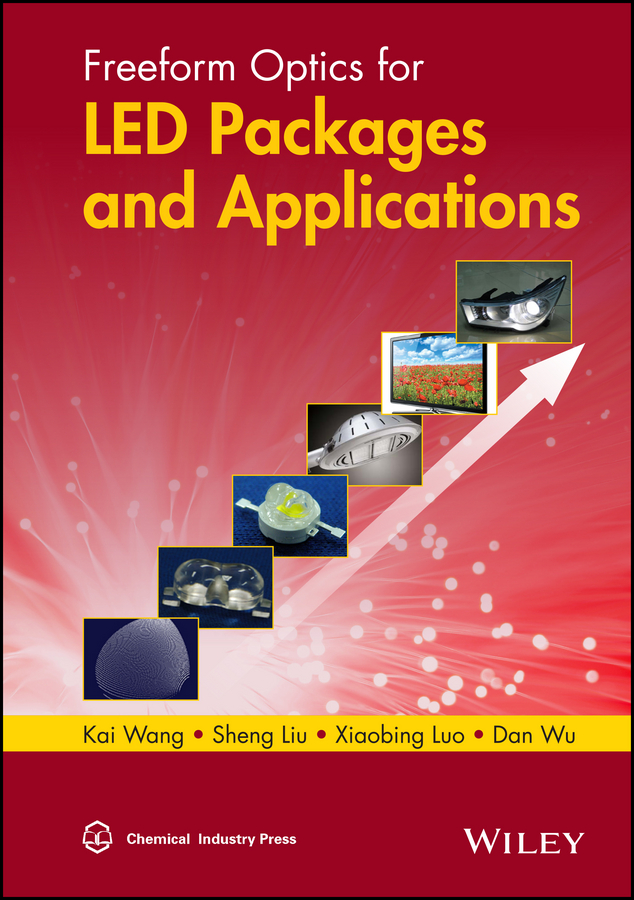








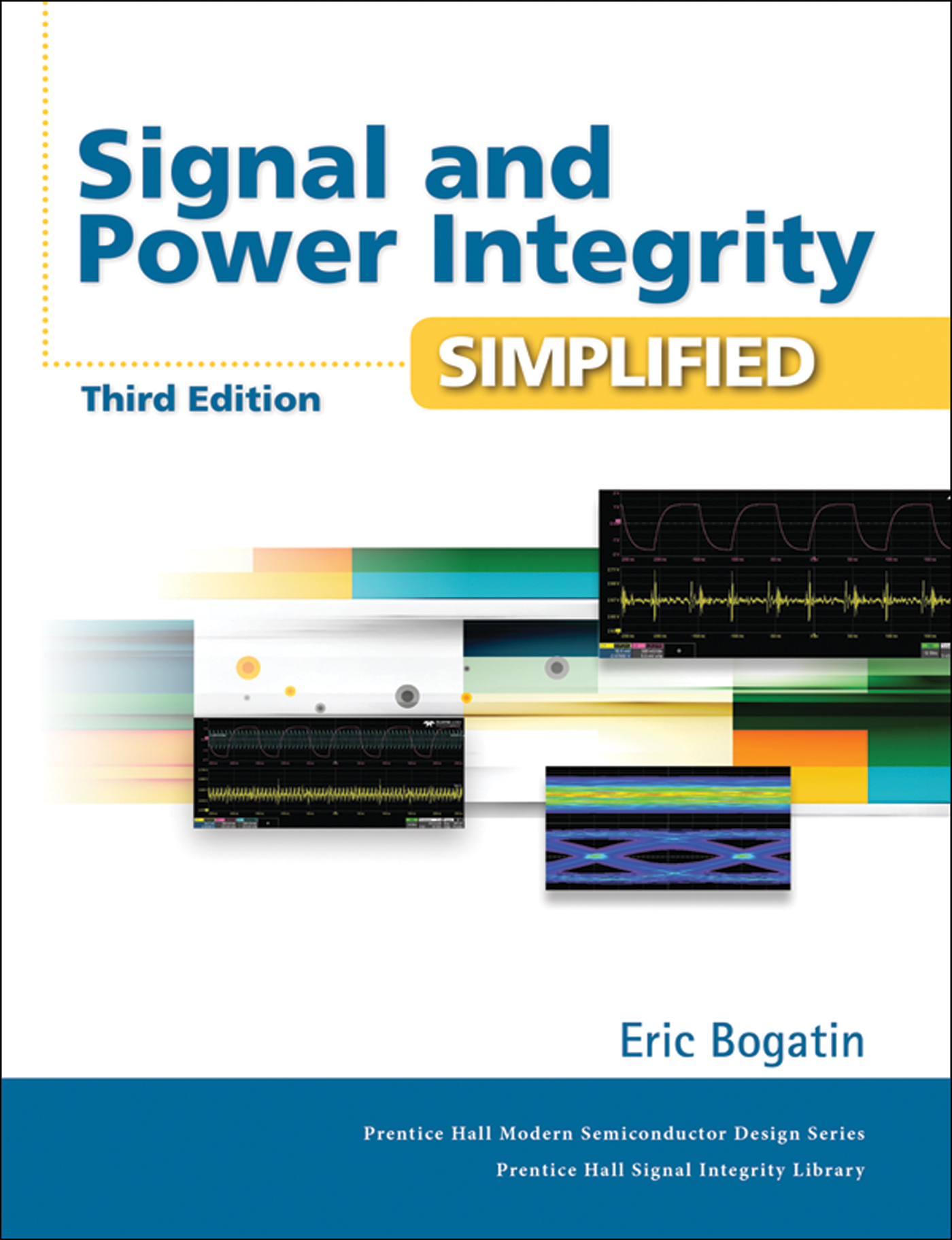


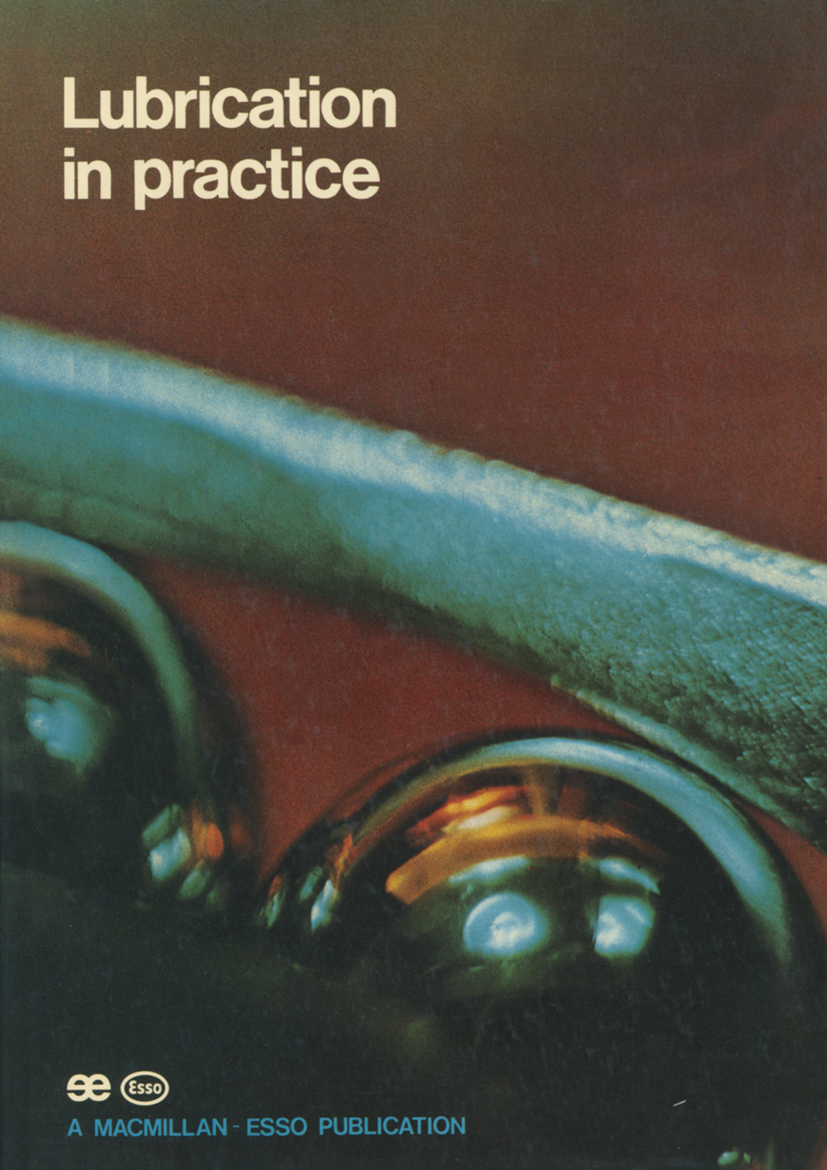
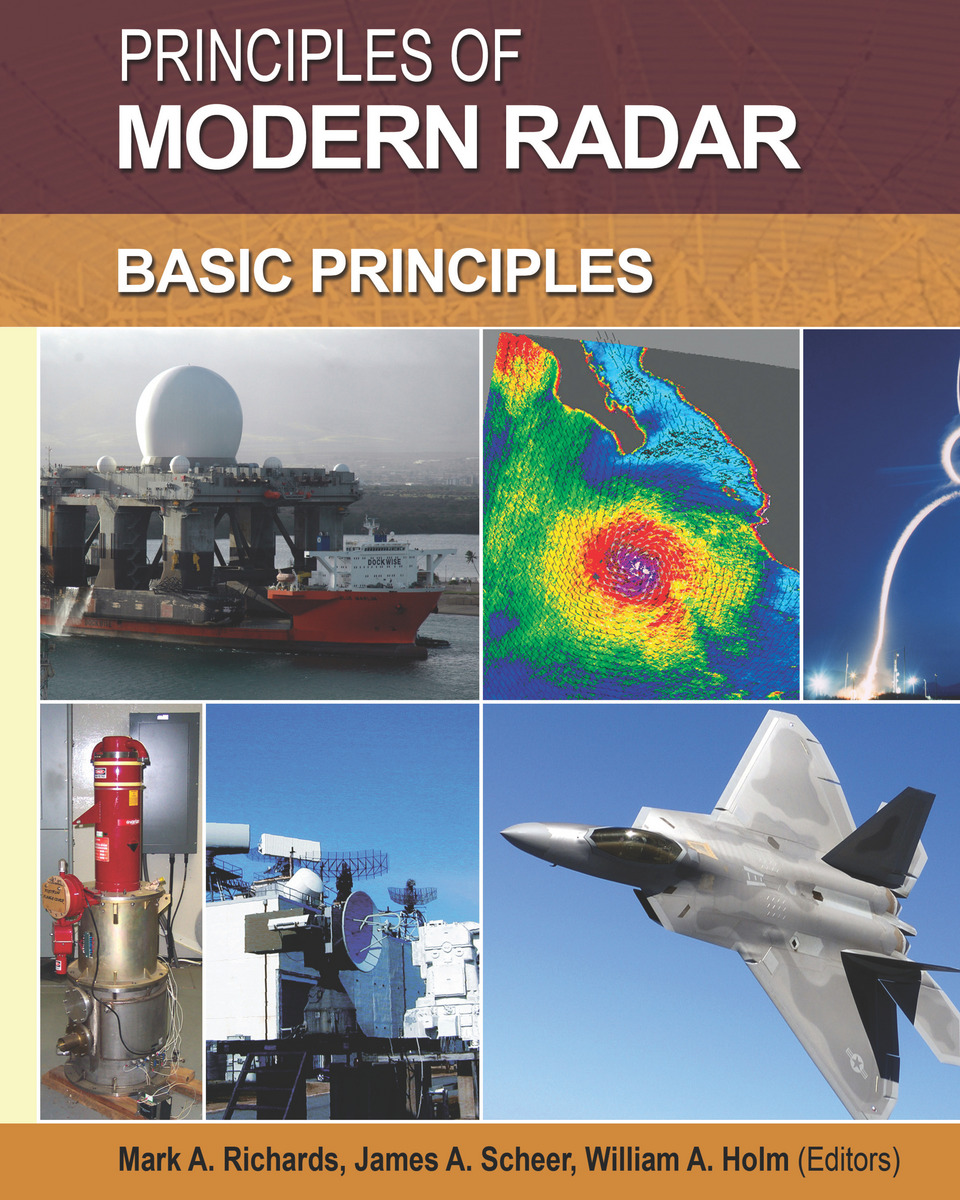
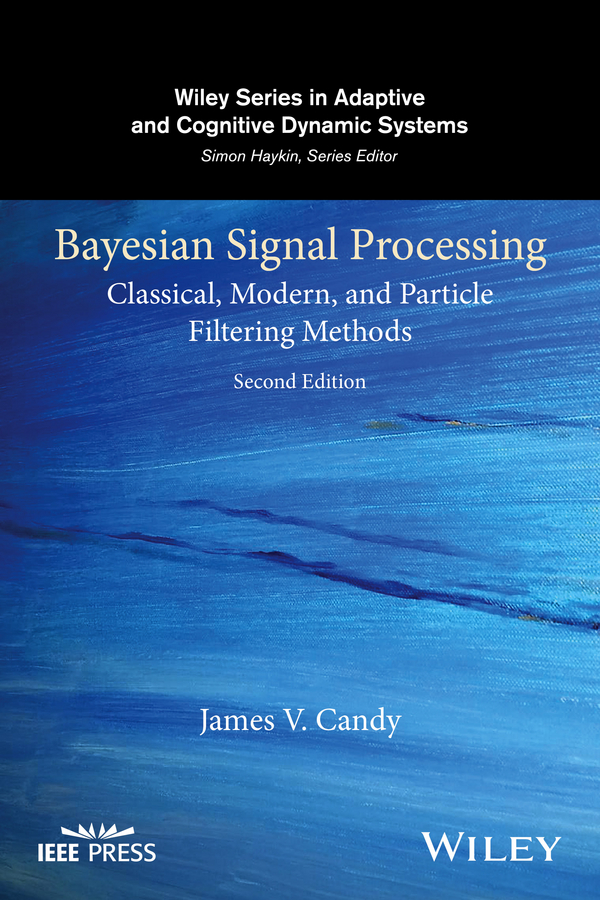






.jpg)


